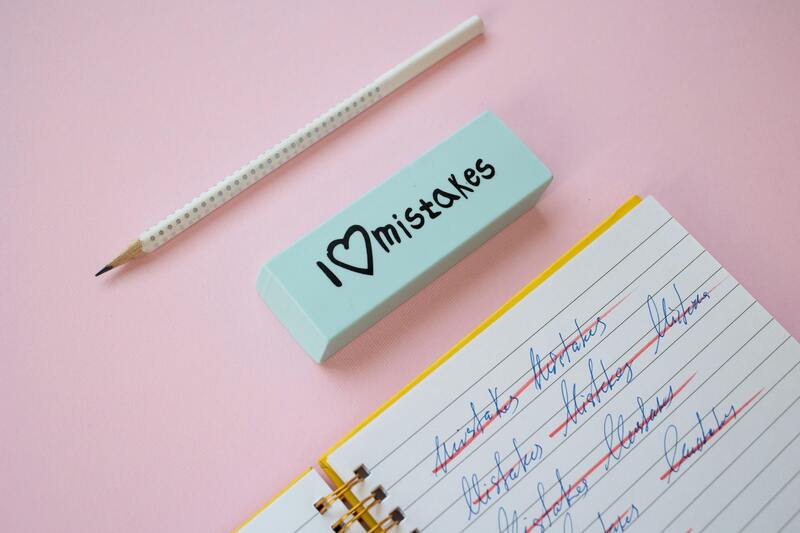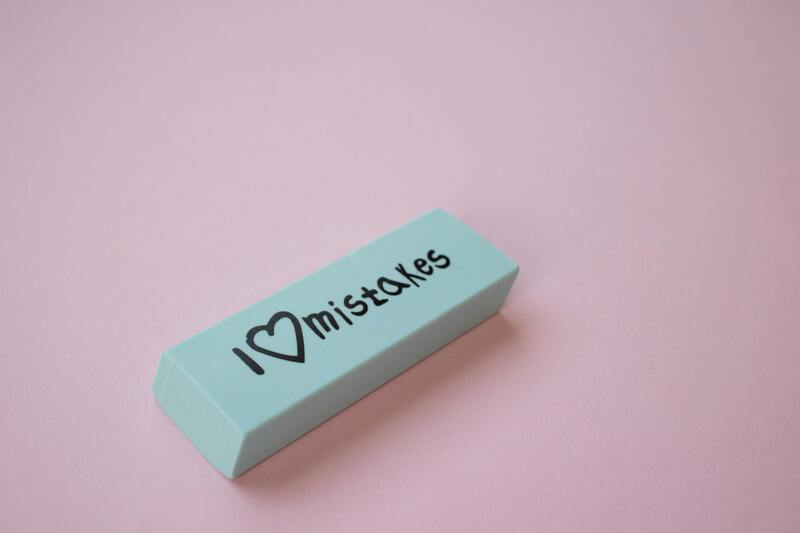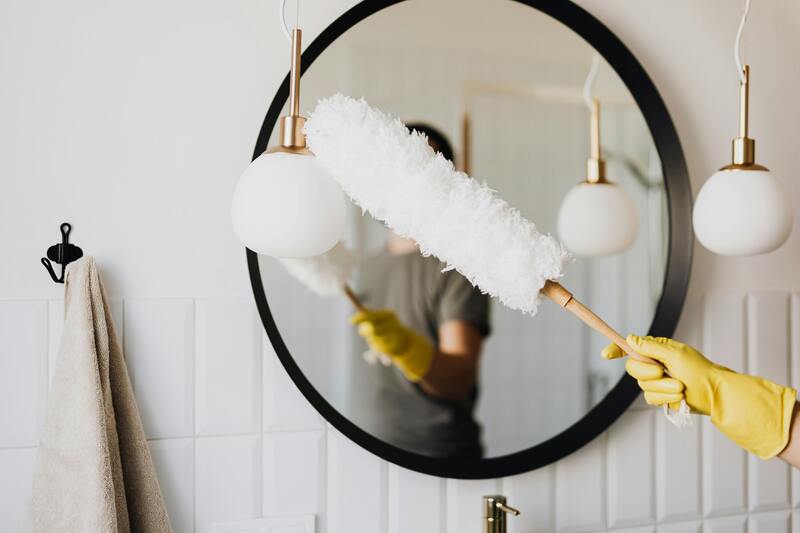An eraser is what you use to get rid of marks on stuff like paper, whiteboards, or blackboards. It either lifts off or rubs away the material that makes the mark (like pencil, ink, or chalk). It does this without messing up the surface underneath.
✏️ 2. Types of Erasers
A. Pencil Erasers (for Pencil)
Rubber Erasers: These are your basic erasers, made from real or fake rubber.
Vinyl Erasers: These are harder and erase better, but watch out – they can rip thin paper.
Plastic Erasers: These are bendy and last long, plus they work on most kinds of paper.
Art Kneaded Erasers: Artists use these soft, squishy erasers to lift off pencil or charcoal without smearing it everywhere.
Dust-Free Erasers: These break into clumps instead of dust, so cleaning up is quick.
B. Ink Erasers
These are made with rough stuff or chemicals that wreck ink.
They're usually meant for fountain pen ink, not permanent markers.
C. Mechanical Erasers
It's like a pencil, but with an eraser inside. You click or twist to push the eraser out.
These are good for small, detailed erasing.
D. Electric Erasers
These run on batteries or USB and spin around.
Artists and drafters use them for really exact corrections.
E. Whiteboard Erasers
They're made of felt, sponge, or microfiber.
They wipe off dry-erase markers from whiteboards.
Some have magnets so you can stick them to the board.
F. Chalkboard Dusters
They're usually rectangles with felt or foam on a handle.
They wipe chalk dust off blackboards.
G. Special Erasers
Ink correction stuff: This covers up ink on paper.
Colored-pencil erasers: These are a bit rough and get rid of the waxy stuff in colored pencils.
Eraser shields: These are thin pieces of metal or plastic with holes in them. They help you erase only the part you want.
⚙️ 3. What They're Made Of
Natural rubber (from trees)
Fake rubber (it lasts longer)
Vinyl or PVC (for being exact)
Mixes of polyurethane or other plastics
Felt, foam, or microfiber (for boards)
🧠 4. How They Work
Rubbing erasers: They rub the paper, which makes heat. That heat softens the eraser, and the pencil sticks to it.
Sticky erasers: Like kneaded erasers, they just pick up the pencil without rubbing too hard.
Chemical erasers: These use stuff that breaks down the ink.
🧴 5. How to Keep Them Working
Clean your erasers by rubbing them on scratch paper.
Don't leave them in the sun or heat, because they can get hard or melt.
If you have a kneaded eraser, squish and fold it to get a clean surface.
Get a new one when it's worn out or dirty.
🖼️ 6. More Than Just Erasing
You can use them to make art (make things lighter, add texture).
They can clean stuff (like scuffs on the floor or goo on plastic).
They can polish stuff or get it ready for something else.
They're in classrooms, studios, offices, and shops.
⚠️ 7. Problems and Fixes
Problem Why it Happens What to Do
Smearing The eraser is dirty or too soft Clean it or get a new one
Ripping the paper You're pressing too hard or the eraser is too rough Use a softer eraser
Dust everywhere The eraser crumbles a lot Try one that doesn't make as much dust
Doesn't work on ink The ink can't be erased Use an ink eraser or white-out
🌿 8. Think Green
Some erasers use natural rubber that breaks down.
Others use fake stuff that can't be recycled.
Pick ones that are better for the Earth if you can. Look for PVC-free or non-dangerous ones.
✏️ 2. Types of Erasers
A. Pencil Erasers (for Pencil)
Rubber Erasers: These are your basic erasers, made from real or fake rubber.
Vinyl Erasers: These are harder and erase better, but watch out – they can rip thin paper.
Plastic Erasers: These are bendy and last long, plus they work on most kinds of paper.
Art Kneaded Erasers: Artists use these soft, squishy erasers to lift off pencil or charcoal without smearing it everywhere.
Dust-Free Erasers: These break into clumps instead of dust, so cleaning up is quick.
B. Ink Erasers
These are made with rough stuff or chemicals that wreck ink.
They're usually meant for fountain pen ink, not permanent markers.
C. Mechanical Erasers
It's like a pencil, but with an eraser inside. You click or twist to push the eraser out.
These are good for small, detailed erasing.
D. Electric Erasers
These run on batteries or USB and spin around.
Artists and drafters use them for really exact corrections.
E. Whiteboard Erasers
They're made of felt, sponge, or microfiber.
They wipe off dry-erase markers from whiteboards.
Some have magnets so you can stick them to the board.
F. Chalkboard Dusters
They're usually rectangles with felt or foam on a handle.
They wipe chalk dust off blackboards.
G. Special Erasers
Ink correction stuff: This covers up ink on paper.
Colored-pencil erasers: These are a bit rough and get rid of the waxy stuff in colored pencils.
Eraser shields: These are thin pieces of metal or plastic with holes in them. They help you erase only the part you want.
⚙️ 3. What They're Made Of
Natural rubber (from trees)
Fake rubber (it lasts longer)
Vinyl or PVC (for being exact)
Mixes of polyurethane or other plastics
Felt, foam, or microfiber (for boards)
🧠 4. How They Work
Rubbing erasers: They rub the paper, which makes heat. That heat softens the eraser, and the pencil sticks to it.
Sticky erasers: Like kneaded erasers, they just pick up the pencil without rubbing too hard.
Chemical erasers: These use stuff that breaks down the ink.
🧴 5. How to Keep Them Working
Clean your erasers by rubbing them on scratch paper.
Don't leave them in the sun or heat, because they can get hard or melt.
If you have a kneaded eraser, squish and fold it to get a clean surface.
Get a new one when it's worn out or dirty.
🖼️ 6. More Than Just Erasing
You can use them to make art (make things lighter, add texture).
They can clean stuff (like scuffs on the floor or goo on plastic).
They can polish stuff or get it ready for something else.
They're in classrooms, studios, offices, and shops.
⚠️ 7. Problems and Fixes
Problem Why it Happens What to Do
Smearing The eraser is dirty or too soft Clean it or get a new one
Ripping the paper You're pressing too hard or the eraser is too rough Use a softer eraser
Dust everywhere The eraser crumbles a lot Try one that doesn't make as much dust
Doesn't work on ink The ink can't be erased Use an ink eraser or white-out
🌿 8. Think Green
Some erasers use natural rubber that breaks down.
Others use fake stuff that can't be recycled.
Pick ones that are better for the Earth if you can. Look for PVC-free or non-dangerous ones.


